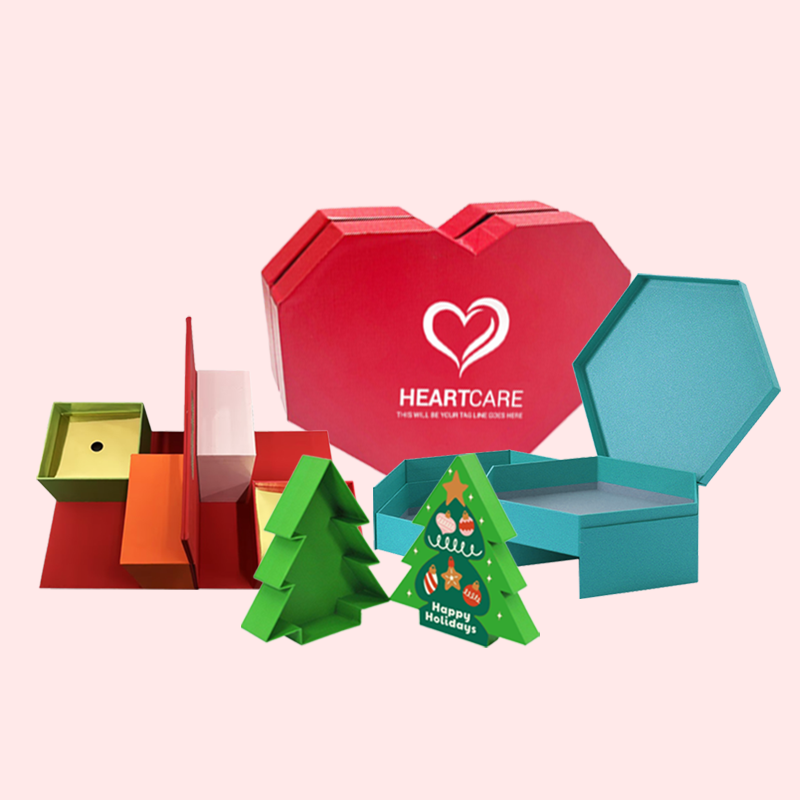Are your products getting damaged during shipping? This leads to costly returns and unhappy customers. Luckily, there are reliable methods to test box strength and ensure your products arrive safely.
To check the strength of a carton box, you need a process involving several key tests. These include the Edge Crush Test (ECT)1 for stacking strength2 and the Bursting Strength Test (BST)3 for containment. Physical drop and compression tests also simulate real-world handling to ensure durability.
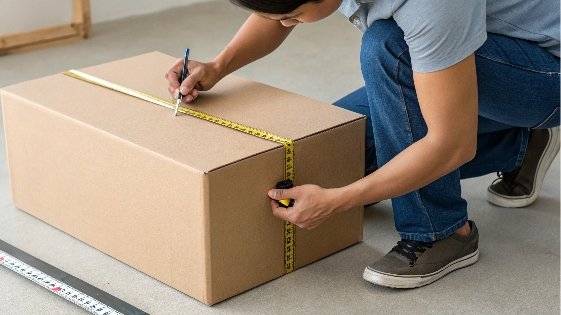
These are the standard tests that we in the packaging industry rely on every day. But what do these technical terms really mean for your specific product and design? Knowing the details behind each test is the key to making the right packaging choices for your brand. Let's break down exactly how you can check a carton's strength and what to look for.
How to check carton strength?
Do you need to know if a carton is strong enough for your product? Guessing can lead to product damage and financial loss. You can check carton strength with a few key industry-standard tests.
To check carton strength, focus on three main assessments. The Edge Crush Test (ECT) measures stacking ability. The Bursting Strength Test, or Mullen Test, checks containment. Finally, a practical Drop Test4 shows how it handles real-world impacts during transit and handling.
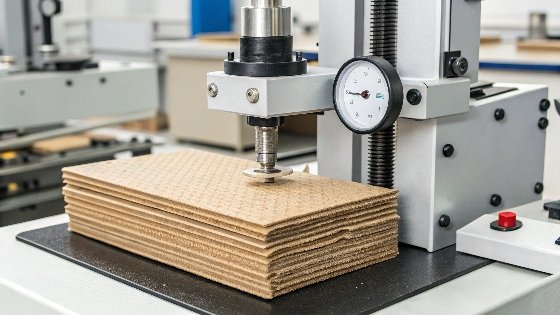
When I first started in the packaging business over 16 years ago, I learned that a box isn't just a box. It's a technical product. Checking its strength is a serious business. You start with a simple visual check5. Look for any defects, uniform color, and proper gluing6. But the real proof comes from standardized tests.
Key Strength Tests
The two most important tests are the Edge Crush Test (ECT) and the Bursting Strength Test. They tell you different things about the box's performance. ECT tells you how much weight a box can handle when stacked in a warehouse or on a truck. The Mullen Test tells you how well the box can resist being punctured from the inside or outside. For a designer like Peter, choosing the right test depends on the product. Heavy, sturdy items need a box with a high ECT rating. A box full of smaller, loose items needs a high bursting strength to keep everything contained.
| Test Type | What It Measures | Best For |
|---|---|---|
| Edge Crush Test (ECT) | Stacking strength; resistance to vertical pressure. | Heavy, solid products that support the box. |
| Bursting (Mullen) Test | Puncture resistance; ability to contain contents. | Shipping multiple loose or sharp-edged items. |
How is box strength measured?
Do terms like "ECT" and "psi" in your packaging quotes seem confusing? Using the wrong measurement can mean overspending or risking product damage. Understanding these metrics is really important.
Box strength is measured using standardized units. The Edge Crush Test (ECT) is measured in pounds per linear inch (lbs/in). The Bursting Strength Test (Mullen) is measured in pounds per square inch (psi). These numbers quantify the box's resistance to specific forces.

These numbers are the language of box performance. In my experience, many product designers focus entirely on the visual appeal of the box. I always advise them that the technical specs are the foundation of a great package. For example, an ECT rating of 32 lbs/in means a small section of the box wall can withstand 32 pounds of force before it starts to crush. This is the most common rating for standard shipping boxes. A Bursting Strength of 200 psi7 means it takes 200 pounds of pressure per square inch to rupture the wall of the box.
Practical Application for Designers
Understanding these numbers helps you avoid common mistakes. I remember a client who insisted on a 200 psi7 box for a lightweight electronic device. The product itself was well-protected internally. After we talked, we switched to a 32 ECT8 box. The new box had more than enough stacking strength2 for his needs, and it saved him nearly 20% on packaging costs. It’s not about getting the "strongest" box; it's about getting the right box.
| ECT Rating | Recommended Max Box Weight (lbs) | Common Use |
|---|---|---|
| 32 ECT8 | Up to 65 lbs | Standard e-commerce, food items |
| 44 ECT | Up to 95 lbs | Heavier items, small appliances |
| 55 ECT | Up to 120 lbs | Industrial parts, bulk items |
How to test the durability of cardboard?
Are you worried about how your box will hold up during a rough shipping journey? A box can seem strong at first but fail under stress from humidity, drops, or vibrations.
To truly test cardboard durability, you must assess its performance under various conditions. This includes drop tests from different heights, vibration tests that simulate transport, and humidity tests9 to check its resilience. Combining these gives a full durability profile of the box.
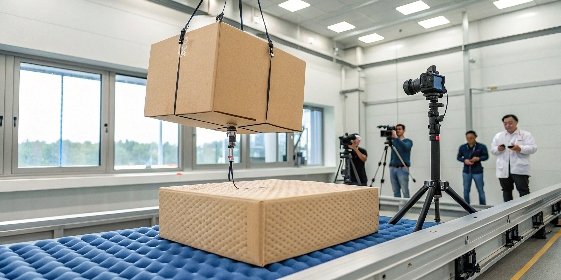
A box's journey from a warehouse to a customer's home is a rough one. This is something I always stress to my clients, especially those with fragile products like cosmetics or electronics. Strength is one thing, but durability is another. Durability is about resilience over time and through different challenges. The International Safe Transit Association (ISTA)10 provides standard procedures for this.
Simulating the Journey
A Drop Test is fundamental. We don't just drop it once. We drop it on its corners, edges, and flat faces from specific heights to find its weakest point. A Vibration Test11 is also crucial. We place the box on a special table that shakes it to simulate the motion of a truck or airplane. I've seen beautifully designed boxes arrive at their destination with scuffed products inside simply because they weren't tested for vibration. Finally, we must consider the environment. Paper is a fantastic material, but it's vulnerable to water. A Cobb Test12 measures water absorption, and humidity chambers show us how the box will perform in damp or tropical climates. These tests ensure the packaging doesn't just look good, but actually works.
How to measure the carton box?
Are you ordering boxes, only to find they don't quite fit your product? Incorrect measurements lead to wasted materials, higher shipping costs, and a product that isn't properly secured.
To measure a carton box correctly, always use the internal dimensions13. You must measure the Length (L), then the Width (W), and finally the Depth (D). This specific L x W x D sequence14 is the universal industry standard for ordering boxes.
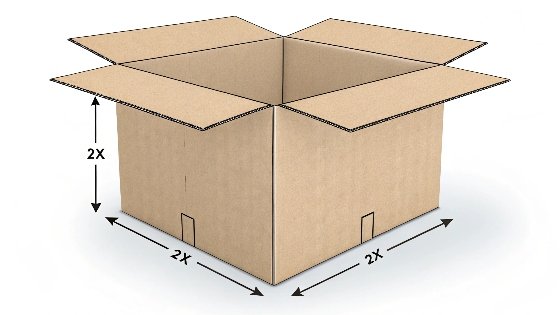
This seems incredibly basic, but after 16 years in this industry, I can tell you it is the single most common and costly mistake I see. People often measure the outside of a sample box they have. The problem is that the thickness of the cardboard itself, known as the flute, can be significant. If you order based on external dimensions, your product simply won't fit inside. We always measure the internal dimensions because the box's purpose is to hold your product securely.
The L x W x D Standard
The sequence is just as important as the numbers. Here’s how you do it correctly for any standard box:
- Length (L): With the box opening facing you, this is the longest dimension.
- Width (W): This is the shorter dimension of the opening.
- Depth (D): This is the distance from the top opening to the bottom of the box.
I once worked with a new client who ordered thousands of boxes using external measurements. It was a disaster; none of their products fit. We had to rush a new order, and they learned a hard lesson. Now, the first question I ask every client is, "Are these your internal dimensions?" It’s a simple question that prevents huge problems.
Conclusion
In summary, check box strength using ECT and Mullen tests. Verify durability with drop and vibration tests. And always measure internal dimensions in the L x W x D order.
-
Learn how the ECT determines a box's stacking strength, helping you choose packaging that protects your products during shipping. ↩
-
Learn how stacking strength prevents box collapse in warehouses and during transport, protecting your goods. ↩ ↩
-
Discover why the BST is crucial for assessing a box's ability to contain and protect items, especially for loose or sharp-edged products. ↩
-
Understand how drop tests simulate real-world impacts to ensure your packaging can withstand rough handling during transit. ↩
-
Learn the basics of spotting defects and ensuring proper construction before relying on technical tests. ↩
-
Understand how proper gluing ensures box integrity and prevents failures during shipping and handling. ↩
-
Understand how a 200 psi rating affects a box's ability to resist rupture and when it's necessary for your products. ↩ ↩
-
See why 32 ECT is the most common rating for standard shipping boxes and if it's right for your needs. ↩ ↩
-
Find out how humidity tests ensure your packaging performs well in damp or tropical climates. ↩
-
Explore ISTA's standard procedures to ensure your packaging meets global durability requirements. ↩
-
Find out how vibration tests mimic transportation conditions, revealing weaknesses that could lead to product damage. ↩
-
Learn how the Cobb Test helps you select packaging that resists moisture, crucial for shipping in humid or wet environments. ↩
-
Avoid costly mistakes by understanding why internal dimensions ensure your product fits securely inside the box. ↩
-
Master the industry standard for box measurement to prevent ordering errors and wasted materials. ↩


